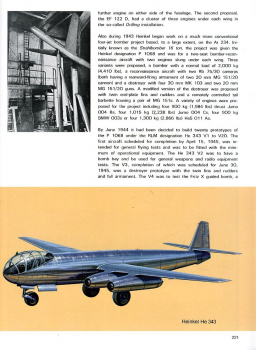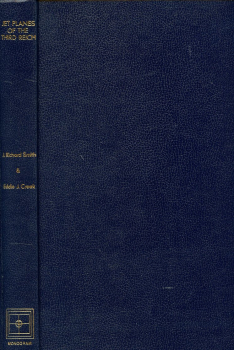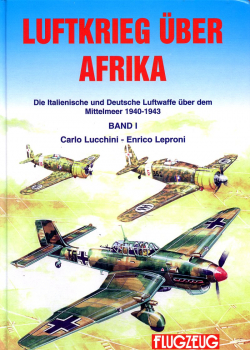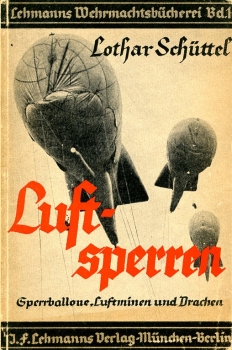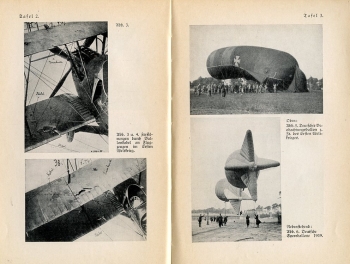Forsyth, Robert - Creek, Eddie J.
For more than five decades, the Junkers Ju 52/3m saw service internationally as a successful airliner and military transport, its three-engined design and corrugated metal construction becoming instantly recognisable features. It was a mainstay in the Luftwaffe's inventory during the Second World War, first seeing service in the 1930s when it was engaged in operations in the Spanish Civil War. It then served on every front on which the Luftwaffe was deployed until May 1945.
The all-metal, three-engined Ju 52/3m enjoyed a solid, indeed, revered reputation amongst its crews and the troops and paratroops who used it and depended on it. It is a machine synonymous with the German attacks on Holland and Belgium in 1940 and Crete in 1941, when hundreds of Junkers were used to drop paratroops to capture key tactical targets and to secure vital areas.
But its remarkable history goes back much further: built as a passenger aircraft for Deutsche Lufthansa, the Ju 52/3m ranged as far as South Africa, Mozambique, India and Latin America, as well as being operated by several European countries such as Belgium, Norway, Great Britain, Sweden and Finland and airlines in Brazil, Ecuador, Peru and Uruguay. Its first military deployment came in South America in the Chaco War where it served as both a transport and a bomber.
In German hands, the aircraft was first blooded in Spain where it was also pressed into service as a crude, but effective bomber with the Legion Condor. From then on the Luftwaffe deployed it in Poland, Scandinavia, the West, in the Balkans and the Mediterranean, and in the East. The Junkers served as a stalwart transport, often operating in the most hostile conditions, confronting freezing temperatures and ice, or heat and dust, lifting men, animals, food, supplies, ammunition, mail, and spare parts vital for German military operations, such as on the North African supply routes, at Demyansk, Stalingrad, in the Kuban and at Korsun, as well as in the Ardennes in 1944 and over beleaguered 'fortress' positions in eastern Europe in late 1944 and 1945.
It also served in the ambulance and mine-hunting roles and was adapted as a seaplane and 'flying classroom' as well as a ubiquitous Courier machine.
After the war, the Ju 52 flew on as late äs the 1980s, testimony to its strength and reliability. This book tells the story of the Ju 52 from its gestation as a somewhat reluctant idea on the part of Professor Hugo Junkers and his designer, Ernst Zindel, through its rapid, but not trouble-free development, until its near mythical Status as the famous and indefatigable Tante Ju'. With a detailed text and more than 700 photographs, as well as facsimile documents and colour artwork, this book forms an important reference work on an aircraft of considerable significance.
hardcover with dust jacket, large format
330 Seiten / pages
many photos, some in color, technical drawings
excellent condition
Hersham, UK - 2014 - Classic Publications
Art.Nr. 24318
